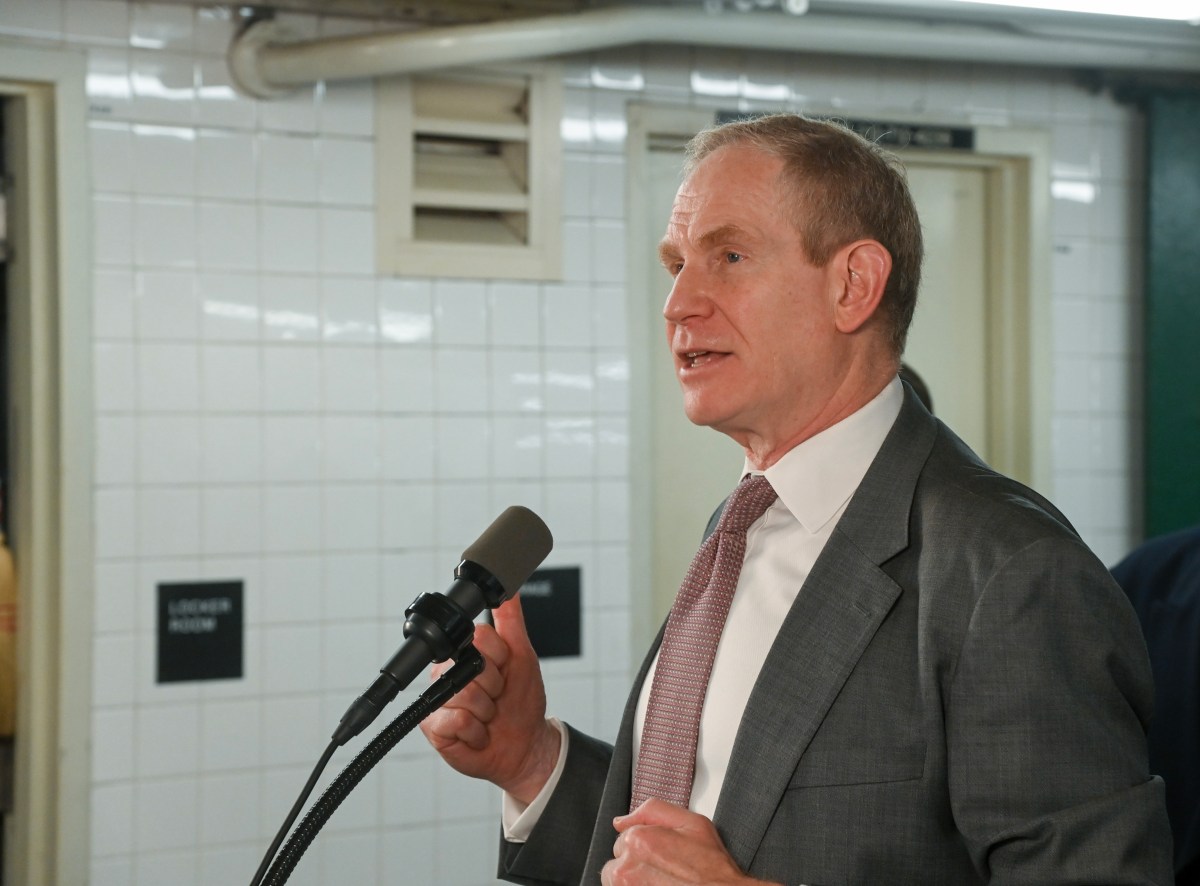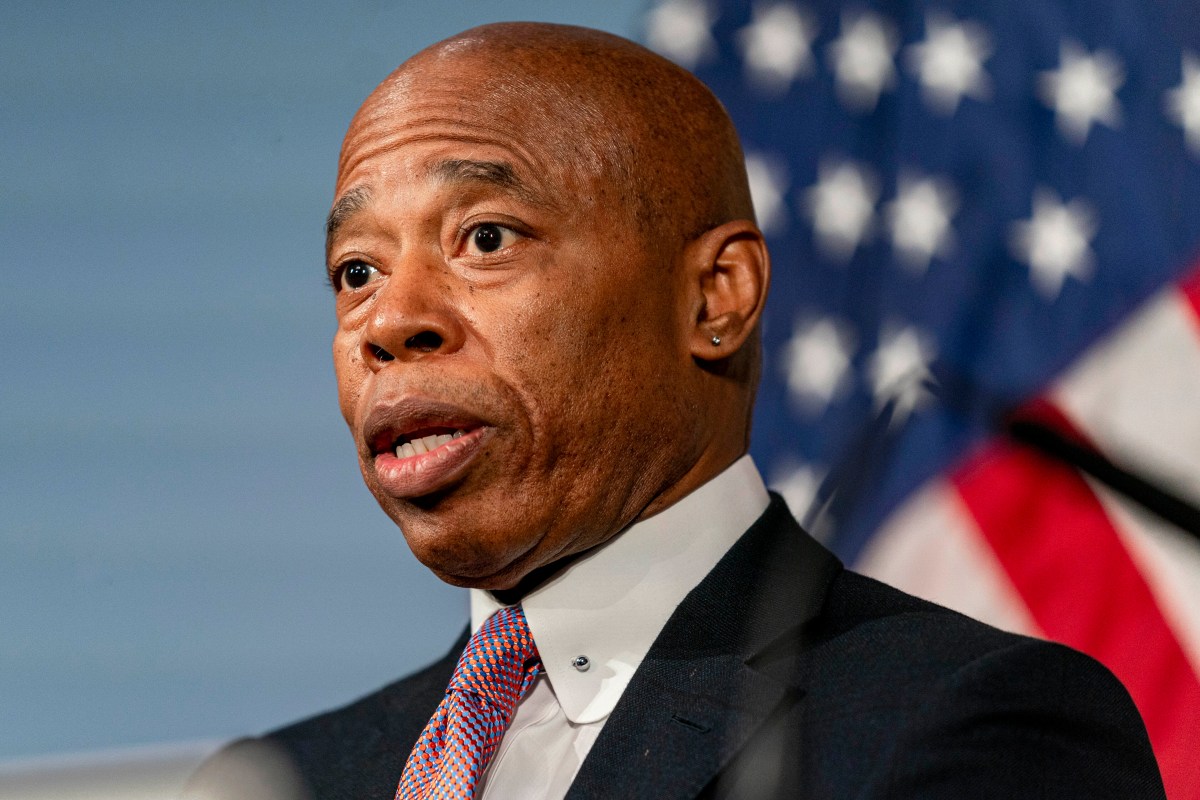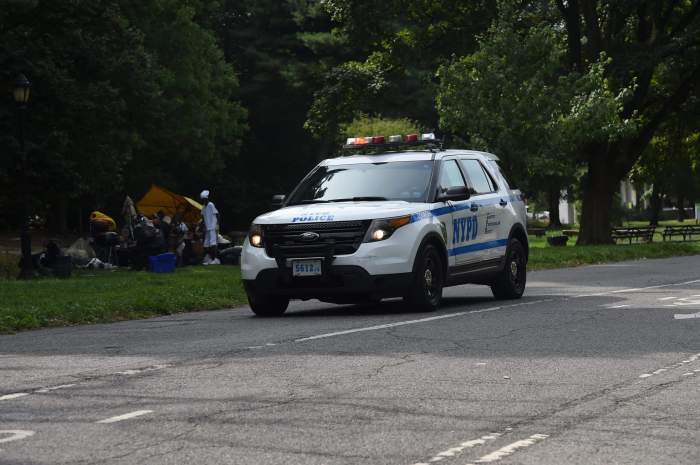Forgive us if we didn’t celebrate alongside city officials at the ceremonial co-naming of Duffield Street as “Abolitionist Place” on Thursday. We couldn’t get past the irony.
After all, Duffield Street is the same stretch of Downtown where the city plans to demolish a row of historic houses that may in fact be the area’s only link to the fabled Underground Railroad.
It is also the place where the city hired an outside consultant to whitewash the area’s history, and then accepted the report even though eight of the 12 peer-reviewers disagreed with parts of it!
In a statement, several City Councilmembers said the co-naming of Duffield Street as Abolitionist Place “supports the homeowners on Duffield Street, and the preservation of their homes.”
It does nothing of the sort. In fact, it allows the Bloomberg Administration to make an empty symbolic gesture that will not stand the test of time.
There is no dispute that the houses on Duffield Street are historic. And there is substantial evidence that they were directly linked to the Underground Railroad, the storied fugitive slave network that spirited escaping Africans to freedom. Two Duffield homeowners — Joy Chatel and Lewis Greenstein — have shown reporters and historians sub-basement tunnels that connect the houses and secret passageways in which slaves could hide while the houses were being searched. And a prominent Abolitionist family — the Truesdells — did own one of the houses on the block.
As we have said in prior editorials, what is needed on Duffield Street is a genuine commitment to saving a piece of America’s past — both the ignominious fact that human bondage existed on these shores, as well as the noble stories of those who worked to bring about the end of the so-called “Peculiar Institution” of slavery.
A museum on Duffield Street would not just serve the African-American community, but all New Yorkers, including those in the white community who grew up in the North, where schools fed the prevailing myth that the only role that whites played in the slave trade was to bring about its end.
But with empty symbolic gestures, real history gets forgotten. And when that happens, not only don’t we learn from past mistakes, but we start to believe that history doesn’t matter. Next thing you know, people don’t even blink when a developer, for example, insults his African-American neighbors by signing a multi-million deal to name a basketball arena after a bank that made fortunes on the slave trade, as Bruce Ratner did last year with Barclays.
To keep history alive and visible, this newspaper has asked planners of Brooklyn Bridge Park to rename their open space-and-condo development “Harriet Tubman Park” after the famed Abolitionist. We renew that call today.
This would be a symbolic gesture — but not an empty one. Naming such a prominent site, much of it within eyeshot of the Statue of Liberty, after an actual hero of freedom’s struggle would be far more meaningful than co-naming a soon-to-be-condemned block with a vague platitude.






















